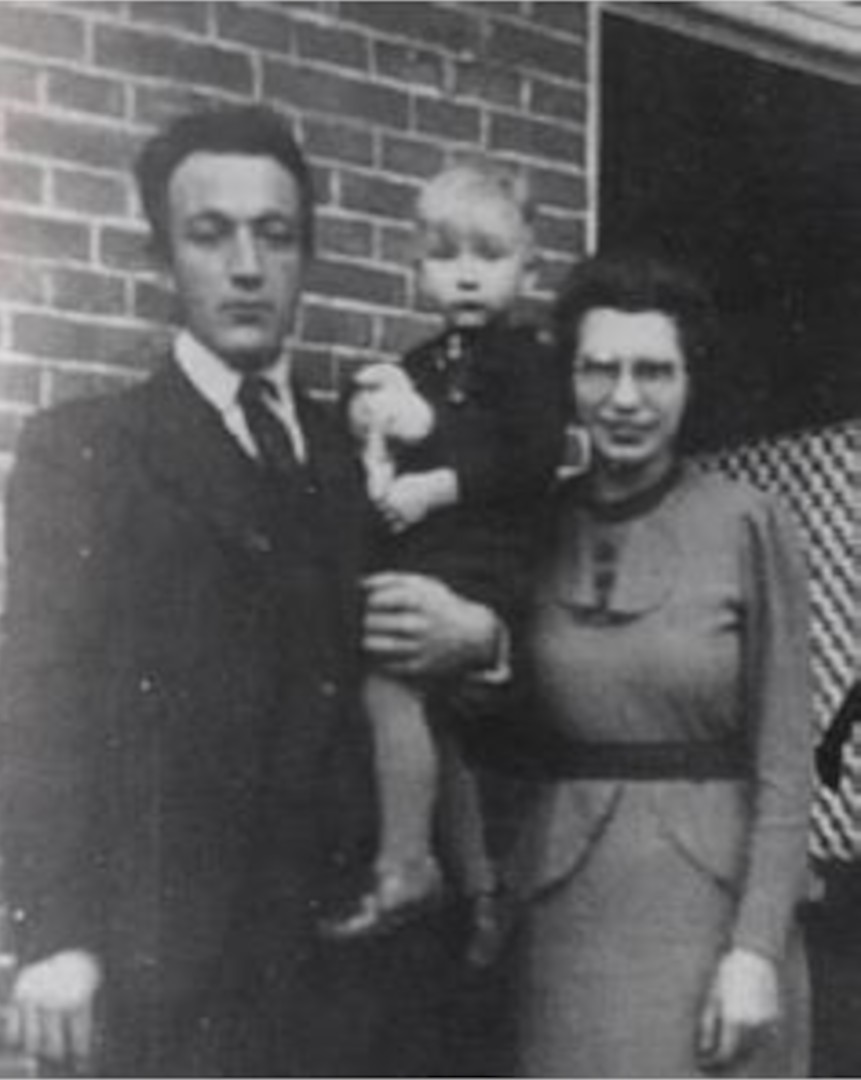On the evening of Sunday, October 1, 1944, Flemish SS soldiers Walther Weinsberghen and Florian Beke left the Johan van den Kornput barracks in Steenwijk. They cycled to Achterbuurt (now known as Witte Paarden), where they hid their bicycles and left their German uniforms behind, concealing their true identities.
Around 9 p.m., the two men knocked on the door of local resident Jan Wardenier, claiming to be Canadian paratroopers. “Canada, Canada,” they said, gesturing that they needed clothing. Jan Wardenier’s wife referred them to their neighbor, Renze de Ruiter. The “paratroopers” went with him to his home, claiming that a large drop of fifty parachutists would take place that night in Havelte. Appie Jorna, a man in hiding at Renze’s house, offered to guide them to Havelte. Renze gave the SS men each a pair of overalls.
On the way, they made a stop at the house of Hanne Terwischa. Although the “paratroopers” did not enter the house, they picked up from Appie’s conversation that people in hiding were sheltered there. SS officer Weinsberghen later left the group and returned to the barracks to report what he had learned. The next morning, the people involved were subjected to intensive investigation. Renze de Ruiter was brutally interrogated. When he refused to confess or give up any information, the soldiers decided to execute him. He was shot behind his own house on the Zwarteweg. Following the “fake Canadians’” report, several people in hiding were discovered.
It remains unclear whether the Flemish SS men initially intended to desert or had deliberately disguised themselves to gather intelligence. What is certain is that their actions cost Renze de Ruiter his life. He is buried in the Kerkbuurt cemetery in Steenwijkerwold.
